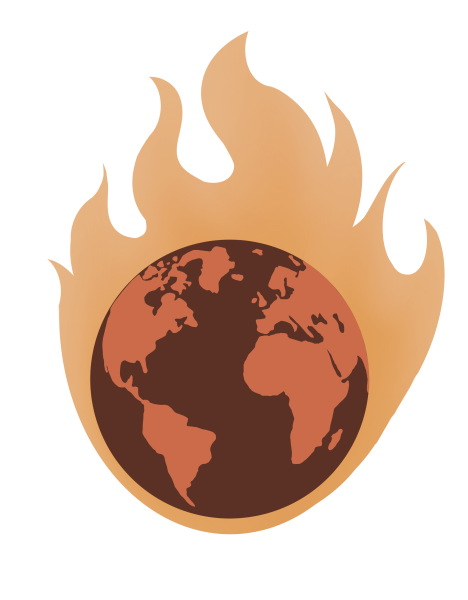
The State of Global Climate report by the World Meteorological Organization (WMO) confirms that 2023 was the hottest year in documented history. 2024 is predicted to be even hotter, with the hottest June on record and the 13th consecutive month to break temperature records, per the WMO.
According to the Canadian Climate Institute, an overheating climate is causing Canada to warm faster than anywhere else on Earth. A 2019 report by Environment and Climate Change Canada noted that Canada is warming twice as quickly as the global average, and Canada’s arctic is warming nearly four times as quickly, per a recent publication in the scientific journal Nature.
Sarah Miller is a research lead at the Canadian Climate Institute. Much of her work focuses on adaptation.
“[Adaptation] is really interesting to me because, alongside the need to reduce emissions, there’s a lot that we can do here in the Canadian context to protect ourselves and to protect communities, alongside the need to really be ambitious about transitioning our economy,” she said.
This aligns with Canada’s National Adaptation Strategy which strives for equity, climate and environmental justice while upholding the rights of Indigenous people and prioritizing benefits to people, businesses and the environment.
“There’s a lot that communities and that governments can do to protect people from the worst impacts of climate change, even as we try to reduce the root causes of emissions,” Miller said.
The Canadian Government’s Adaptation Action Plan involves investing up to $284 million over a five-year period into protecting communities, advancing wildland fire knowledge and research and founding a Centre of Excellence for Wildland Fire Innovation and Resilience.
“There’s a well-established connection in the scientific literature between worsening climate change, worsening extreme heat and heat waves and worsening wildfires,” Miller explained. “It results in heat waves lasting longer, and it also results in higher peak temperatures, and we know that those peak temperatures can be extremely dangerous and very deadly.”
Climate change, Miller explained, dries out the vegetation and soil of the landscape. Simultaneously, it increases temperatures and results in more erratic patterns of rainfall.
“These conditions come together to make the forest much more vulnerable,” she said.
Regardless of a wildfire’s cause, climate change leads to wildfires spreading quickly and uncontrollably. Climate change has also been shown to increase the frequency of thunderstorms and lightning strikes, said Miller.
Lightning is a common trigger of wildfires, and accounts for about 85 per cent of the area burned annually, according to data from the Canadian National Fire Database.
“The fact that climate change worsens these conditions overall — dries out the landscape, has higher temperatures, more erratic rainfall — means that wildfires, whatever the cause, are more likely to do worse,” Miller said.
Heat waves are also a major climate change-related issue. Climate change leads to slower-moving heat waves and severe heat domes.
A heat dome is a weather phenomenon in which the atmosphere forms a high-pressure pocket which traps hot air beneath it. The pressure pushes the air into a hot, dome-shaped mass that stops the movement of milder weather systems. Heat domes create periods of extremely high temperatures that exacerbate heat waves.
Miller noted that a rapid weather attribution program by Environment and Climate Change Canada found that the 2024 June heat wave in central and eastern Canada was two to 10 times more likely due to climate change. During the heat wave, temperatures in Quebec and Atlantic Canada were over 10 C higher than normal.
British Columbia’s 2021 heat wave saw the number of active wildfires rise from six to 175. Fires that spread during the heat wave destroyed close to 79,000 hectares of land, which included the town of Lytton. Scientists studying this heat wave of unprecedented magnitude determined that anthropogenic warming of the planet exacerbated this event, as published in Nature.
Heat waves also have devastating impacts on the economic sector and workforce. Seventy per cent of the global workforce are exposed to extreme heat and are at a greater risk for cancer, heart disease, kidney disfunction and injury, per the International Labour Organization.
A report by the Canadian Climate Institute estimated that Canada will experience costs of over $3 billion per year due to heat-related deaths and illnesses by mid-century.
“I think people understand the severity and the devastation of wildfires,” Miller said, “but extreme heat can also be devastating, just in a sort of less public way sometimes.”



